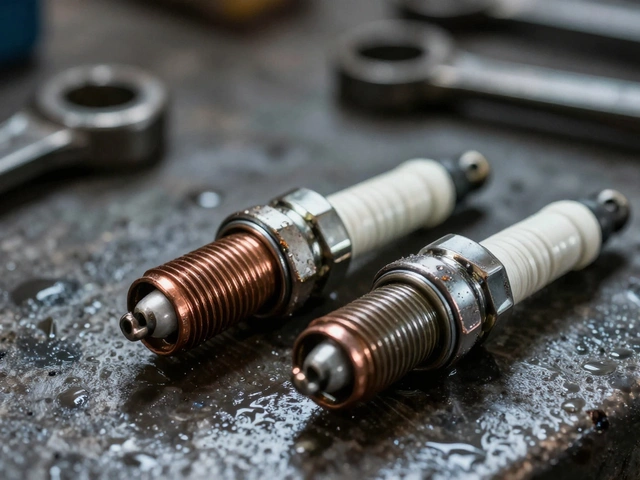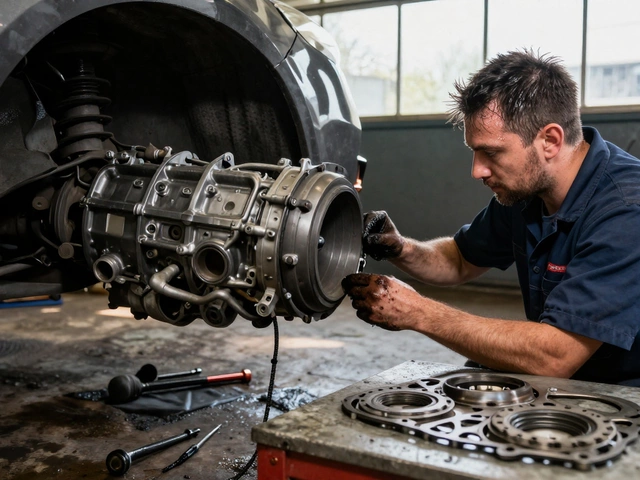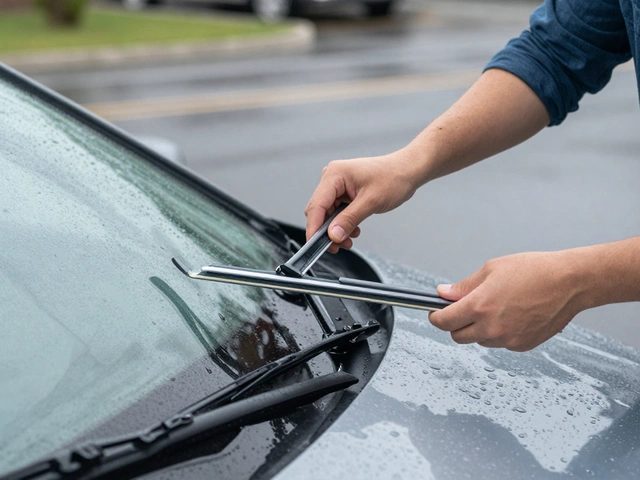DIY Fuel Pump: How to Diagnose, Replace, and Avoid Common Mistakes
When your car sputters on the highway or won’t start even with a full tank, the culprit might be a failing fuel pump, a critical component that delivers fuel from the tank to the engine under pressure. Also known as a fuel delivery pump, it’s one of those parts you don’t think about until it stops working—and then your car just sits there. Unlike a dead battery, a bad fuel pump doesn’t always throw a clear warning. Sometimes it whispers: a slow crank, a hesitation when accelerating, or that faint whining noise from the back seat. Other times, it screams with a check engine light and a fuel pump code, a diagnostic trouble code (like P0230) that signals the engine control module isn’t getting the right fuel pressure signal. You can’t ignore these signs. A fuel pump isn’t something you can drive on for months—it’s a single point of failure that leaves you stranded.
Replacing a fuel pump isn’t for everyone, but it’s absolutely doable if you’re patient and have the right tools. Many people assume you need an empty tank, but that’s not always true—though it’s safer. The real challenge? Access. Most modern cars bury the pump inside the fuel tank, meaning you’ll need to drop the tank or access it through a panel under the rear seat. You’ll also need a fuel pressure tester, a multimeter to check voltage, and a good set of socket wrenches. Don’t forget safety: fuel vapors are no joke. Work in a ventilated area, keep a fire extinguisher nearby, and disconnect the battery before you start. fuel pump replacement, the process of removing and installing a new fuel delivery unit in a vehicle’s fuel system. It’s messy, it’s time-consuming, but done right, it saves you hundreds compared to a garage bill.
What trips up most DIYers isn’t the mechanics—it’s the diagnosis. A weak fuel pump can mimic a bad fuel filter, a clogged injector, or even a faulty sensor. That’s why you need to test pressure and flow before you buy a new pump. If your car starts with starting fluid but dies seconds later, that’s a classic fuel pump symptom. If the check engine light flashes with a fuel pump code, a diagnostic trouble code (like P0230) that signals the engine control module isn’t getting the right fuel pressure signal. and you’ve ruled out the battery and spark plugs, the pump is high on the list. And if you’ve already replaced the pump once and it failed again? Check the fuel tank for debris. A dirty tank kills new pumps fast.
There’s no magic timeline for when a fuel pump dies—it could last 150,000 miles or fail at 60,000. But if you’ve got an older car, you’ve been running on cheap gas, or you often drive with less than a quarter tank, you’re asking for trouble. Low fuel levels make the pump overheat. Cheap fuel leaves gunk behind. And ignoring early signs like sluggish acceleration? That’s how you end up on the side of the road with a tow truck bill.
Below, you’ll find real guides from people who’ve done this themselves—how to tell if your pump is failing, whether you really need an empty tank, what codes to look for, and how to avoid the most common mistakes. No theory. No fluff. Just what works.





